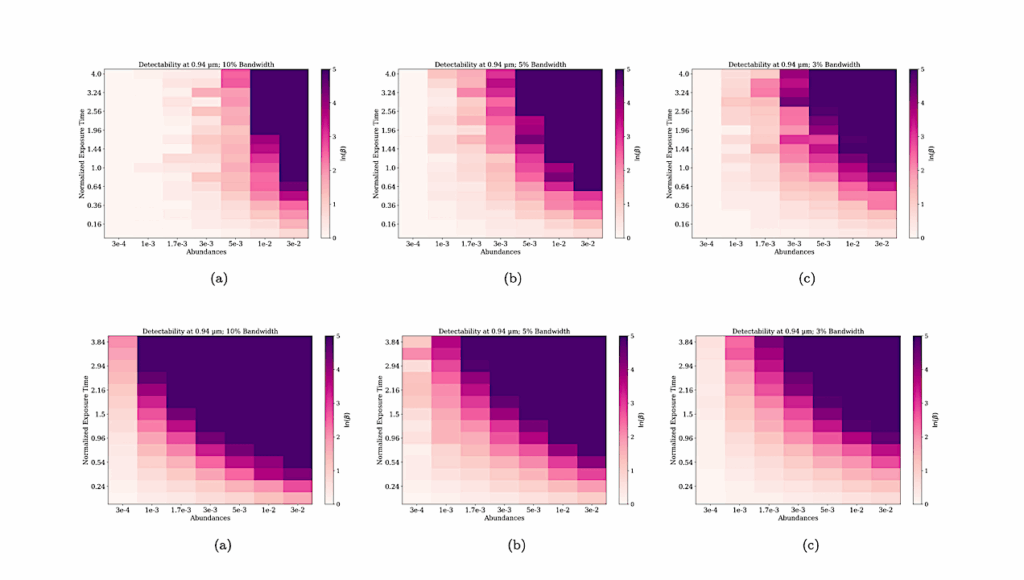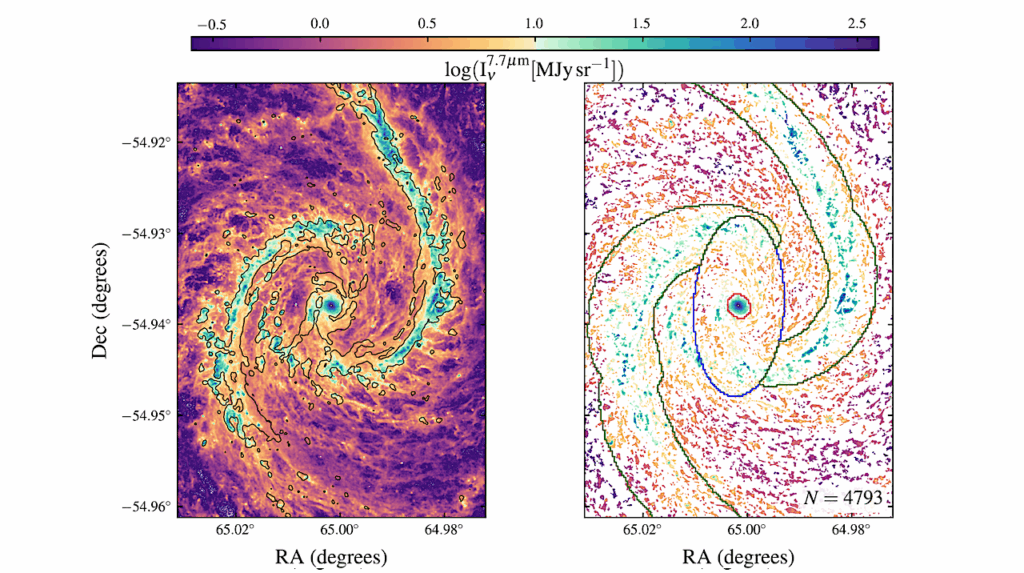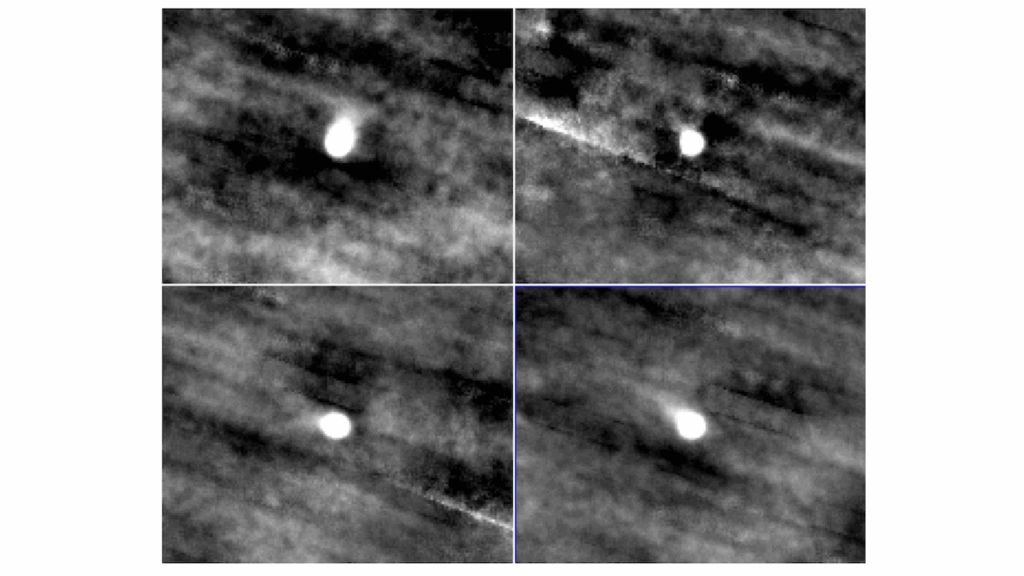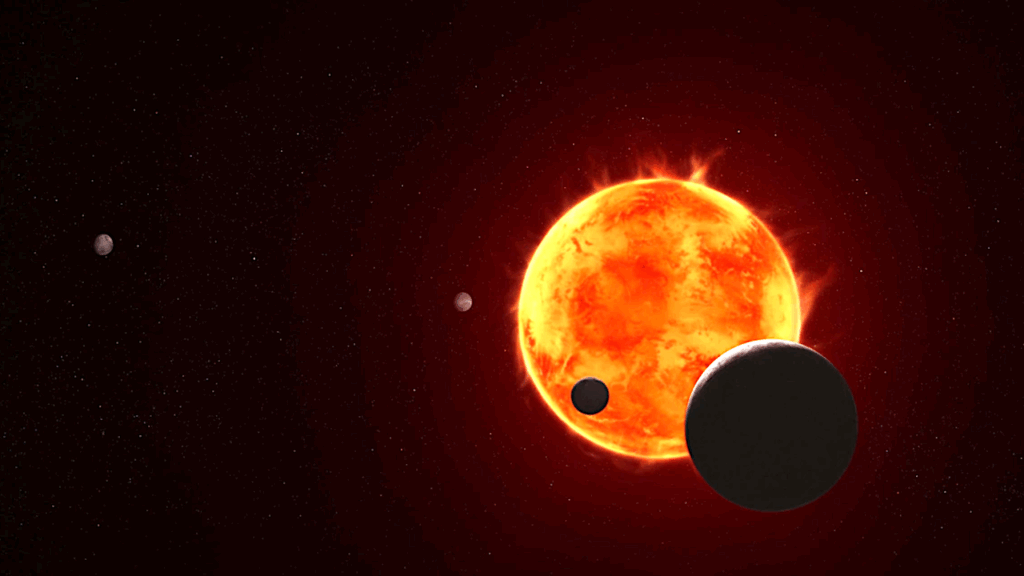Ice Chemistry Modeling of Active Phase Comets: Hale-Bopp
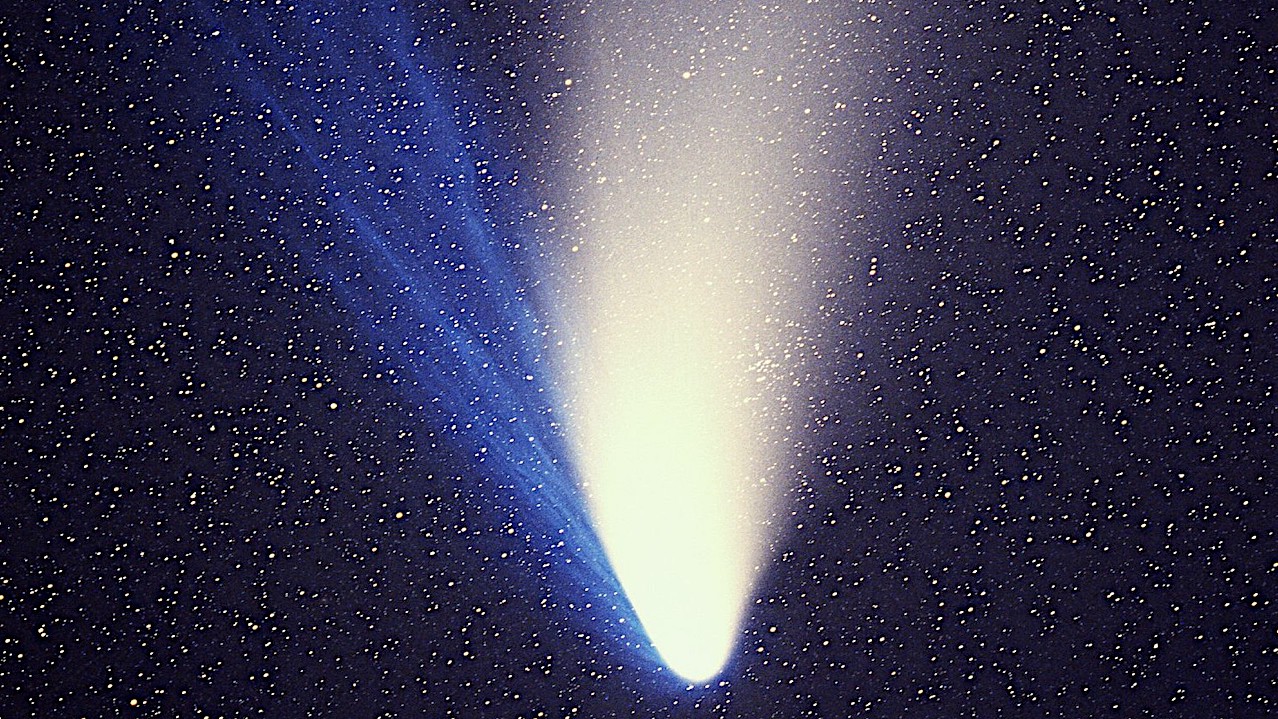
We present a chemical kinetics model of the solid-phase chemical evolution of a comet, beginning with a long period of cold-storage in the Oort Cloud, followed by five orbits that bring the comet close to the Sun. The chemical model is based on an earlier treatment that considered only the cold-storage phase, and which was based on the interstellar ice chemical kinetics model MAGICKAL.
The comet is treated as 25 chemically distinct layers. Updates to the previous model includes: (i) Time- and depth-dependent temperature profiles according to heliocentric distance; (ii) a rigorous treatment of back-diffusion for species capable of diffusing through the bulk-ice layers; (iii) adoption of recent improvements in the kinetic treatment of nondiffusive chemical reaction rates.
Starting from an initially simple ice composition, interstellar UV photons drive a rapid chemistry in the upper micron of material, but diminished by absorption of the UV by the dust component. Galactic cosmic rays (GCRs) drive a much slower chemistry in the deeper ices over the long cold-storage period down to 10 m.
The first solar approach drives off the upper layers of ice material via thermal desorption and/or dissociation, bringing closer to the surface the deeper material that previously underwent long-term processing by GCRs. Subsequent orbits are more uniform in their chemical behavior.
Loss of molecular material leads to concentration of the dust in the upper layers. Substantial quantities of complex organic molecules are formed in the upper 10 m during the cold storage phase, with some of this material released during solar approach; however, their abundances with respect to water appear too low to account for the observed gas-phase values for comet Hale-Bopp, indicating that the majority of complex molecular material observed, at least in comet Hale-Bopp, is an inheritance of primordial material.

A simplified pictorial schematic of some of the physical processes modeled by MAGICKAL. Each bulk (i.e. sub-surface) layer is three times thicker than the last. Dotted arrows indicate surface or bulk-ice diffusion. Solid black arrows indicate the products of reaction or dissociation. Each ice/dust layer is assigned its own local temperature, while molecular dissociation rates (induced by UV–Vis photons and Galactic cosmic rays) are also locally determined. The same chemical reactions and physical processes are allowed in the surface layer and all bulk layers, except for desorption processes, which only occur in the surface layer. Aside from H and H2 , molecular shapes shown are intended only to be representative of generic structures. Some processes have been omitted for clarity. — astro-ph.EP
Eric R. Willis, Drew A. Christianson, Robin T. Garrod
Comments: 22 pages, 14 figures, 6 tables
Subjects: Earth and Planetary Astrophysics (astro-ph.EP)
Cite as: arXiv:2408.15509 [astro-ph.EP] (or arXiv:2408.15509v1 [astro-ph.EP] for this version)
https://doi.org/10.48550/arXiv.2408.15509
Focus to learn more
Journal reference: Icarus vol.416 (2024) pg.22
Related DOI:
https://doi.org/10.1016/j.icarus.2024.116097
Focus to learn more
Submission history
From: Drew Christianson
[v1] Wed, 28 Aug 2024 03:43:36 UTC (7,475 KB)
https://arxiv.org/abs/2408.15509
Astrobiology, Astrochemistry,



